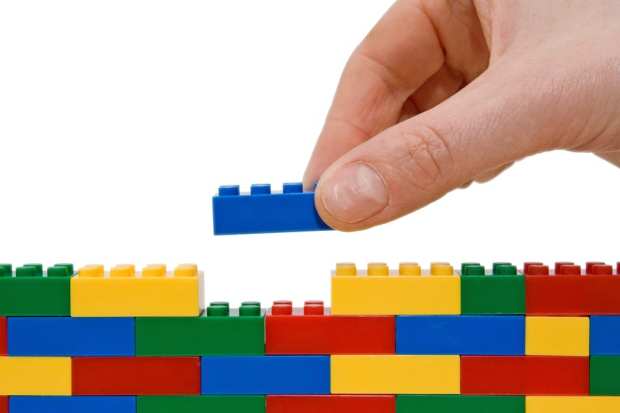Lego Builds Stellar First Half As ‘Kidults’ Stay Home

Finding a new consumer segment called “kidults” has led the toy industry to a positive first half of the year, and there’s no better evidence of the trend than the growth of Lego.
This week the company that makes the plastic bricks that have kept families building together during the pandemic reported double-digit overall growth. It also showed major spikes in its digital properties for the second quarter as kids stayed home from school and summer camp around the globe. Global revenue for the first half of the year grew 7 percent to $15.7 billion compared with the same period in 2019. Consumer sales grew 14 percent compared with the first half of 2019 and the brand’s global market share increased. Operating profit was $3.9 billion, an increase of 11 percent compared with 2019.
“Many of the major trends shaping our industry, such as digitalisation and e-commerce, are accelerating as a result of the pandemic,” said LEGO Group CEO Niels Christiansen. “We saw strong growth in digital and traditional play, a rapid shift to eCommerce and the importance of having a truly global operating model.”
The digital numbers for Lego.com doubled to more than 100 million in the first half of 2020. But unlike other companies that operate branded stores, Christiansen believes the in-store experience is critical and must grow. The company is on track to open around 120 new retail stores in 2020, 80 of those in China. During the first half, it opened 46 retail stores, 30 of those in China.
“While retail has been transformed during the past six months, we continue to see great opportunity for an omnichannel model,” Christiansen said. “We will continue to invest in upgrading our e-commerce capabilities to support both our retail partners and [our] own platform and continue to invest in creating fantastic physical brand experiences for shoppers and fans.”
Toy industry sales increased by 9 percent in the first half of 2020 across the 12 global markets tracked by The NPD Group. The U.S. logged the highest percentage of growth at 16 percent, followed by Canada with 9 percent, Germany also at 9 percent, the U.K. at 8 percent and the Netherlands with 6 percent.
“The past few months have been totally unique for our industry. Even though sales growth looks strong globally, it should not hide some radically different situations from one country to the other,” said Frédérique Tutt, global toys industry analyst at The NPD Group. “Those differences are the result of several factors, but two stand out: the shape of the retail landscape, including the maturity of the online channel in each country were paramount to be in a position to sell toys to consumers; and a combination of cultural and economic strength of each country.”
Besides its consumer success, Lego has also been a leader in the education space. Last week Lego Education introduced new resources and lesson plans for the home as well as the classroom. It launched a brand new unit, called Training Trackers, to teach core science and math concepts with its middle school solution, LEGO® Education SPIKE™ Prime. The new unit will support in-person, virtual, and hybrid learning with a focus on core subjects to complete the science, art and math curriculum designed by the company.
